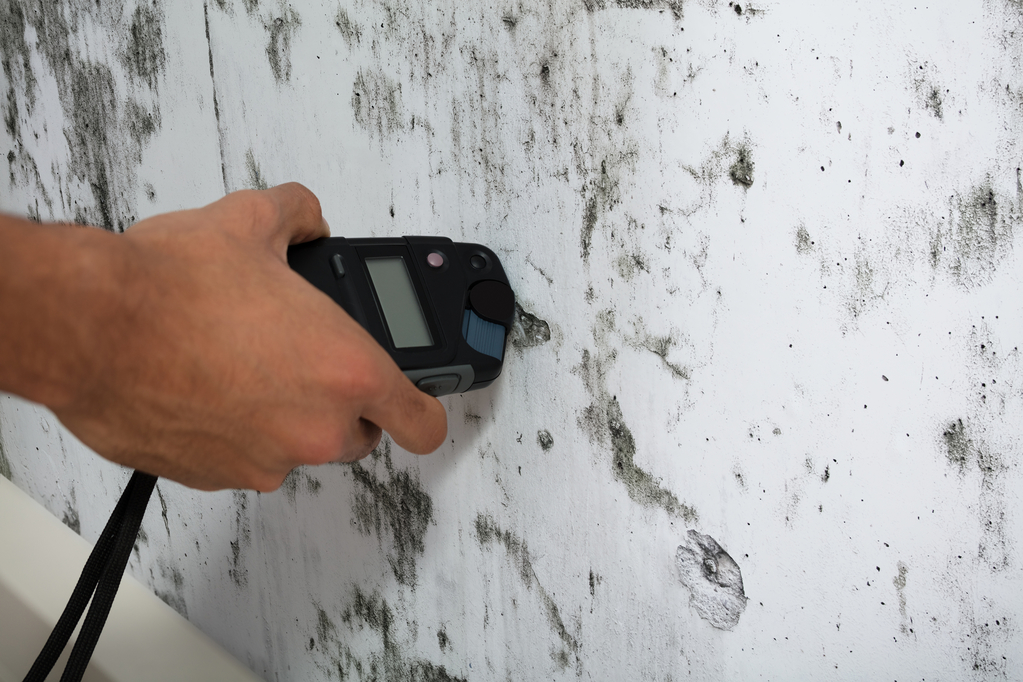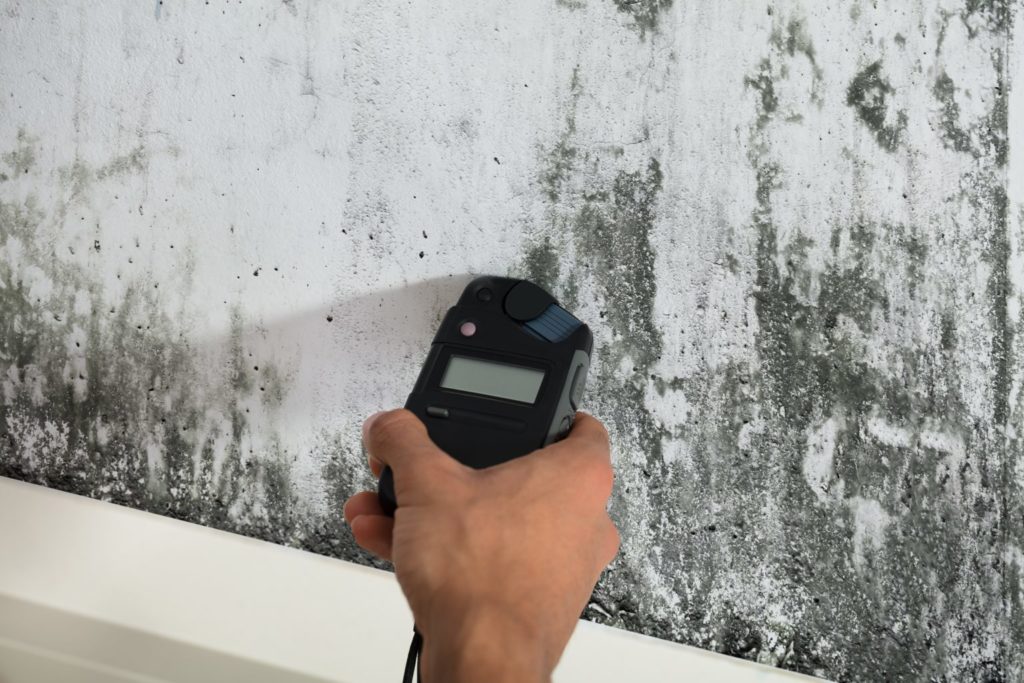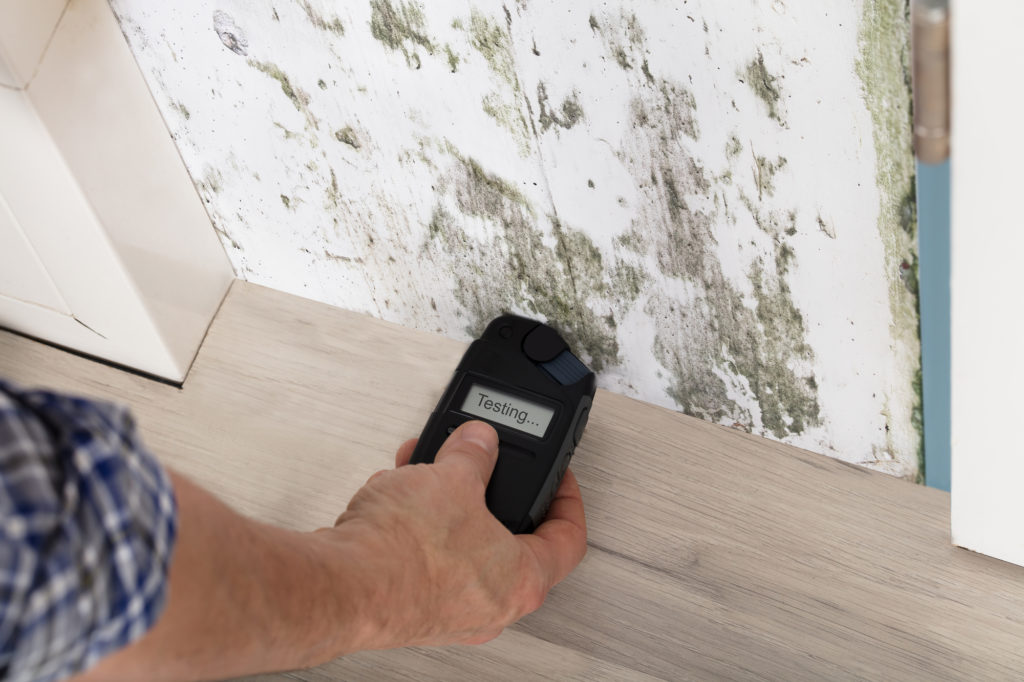After Mold Remediation Techniques for Clean Rooms
After Mold Remediation Techniques for Clean Rooms
Blog Article
Your Ultimate Guide to Message Mold Removal Techniques
In the aftermath of mold and mildew infestation, recognizing how to successfully eliminate the mold and mildew and prevent its reoccurrence is vital for maintaining a healthy and balanced interior environment. From choosing the right cleaning and decontaminating methods to executing approaches for long-term mold and mildew avoidance, each step in the remediation trip plays an important duty in guaranteeing an effective outcome.
Comprehending Post-Mold Removal Refine
After completing the mold remediation process, it is important to comprehend the post-mold removal techniques that are necessary to ensure a complete and reliable clean-up. When the mold and mildew has actually been removed, the following action includes cleansing and sanitizing the influenced areas to stop any kind of regrowth of mold and mildew. This includes making use of specialized cleansing representatives to wipe down surfaces and eliminate any type of remaining mold spores. It is necessary to dry out the area completely to dissuade the growth of mold in the future (Post Mold remediation cleaning). Correct air flow and dehumidification can aid in this procedure.
Moreover, conducting a last examination post-remediation is crucial to ensure that all mold and mildew has been successfully eliminated. This evaluation ought to include a complete aesthetic check along with possibly air sampling to validate the absence of mold spores airborne. Extra removal may be needed if the inspection exposes any kind of lingering mold. Last but not least, educating passengers on safety nets such as managing moisture levels and quickly resolving any kind of water leakages can aid maintain a mold-free environment.
Effective Cleaning and Decontaminating Approaches

Preventing Future Mold Development

Relevance of Proper Ventilation
Appropriate ventilation plays an important function in protecting against moisture build-up, a crucial variable in mold and mildew growth within indoor atmospheres. Effective ventilation systems aid get rid of excess moisture from the air, reducing the opportunities of mold and mildew spores discovering the wetness they require to spread out and sprout. Without ample air flow, interior areas can come to be a reproduction ground for mold and mildew, leading to straight from the source potential health threats and structural damages.
By making sure proper air blood circulation, ventilation systems can likewise help in drying damp locations quicker after water damage or flooding occurrences, further deterring mold development. Post Mold Remediation. In areas like bathrooms, kitchen areas, attic rooms, and cellars where wetness levels often tend to be greater, setting up and keeping efficient ventilation systems is essential in preventing mold and mildew infestations

Surveillance and Maintenance Tips
Offered the critical function that correct air flow plays in avoiding mold and mildew development, it is imperative to develop efficient tracking and upkeep tips to make sure the you could try these out continued functionality of air flow systems. Regular examinations of ventilation systems should be carried out to inspect for any indicators of obstructions, leakages, or malfunctions that can hinder correct air flow. Surveillance humidity degrees within the residential or commercial property is additionally vital, as high humidity can add to mold growth. Mounting a hygrometer can assist track moisture levels and sharp property owners to any kind of spikes that may call for attention. In addition, guaranteeing that air filters are routinely cleansed or replaced is crucial for preserving the performance of the ventilation system. Applying a routine for regular maintenance jobs, such as duct cleansing and HVAC system examinations, can assist prevent concerns prior to they escalate. By remaining mindful and proactive to the problem of ventilation systems, residential or commercial property proprietors can successfully mitigate the risk look here of mold regrowth and maintain a healthy and balanced interior environment.
Conclusion
Finally, post-mold removal strategies are necessary for making sure a safe and tidy setting. Comprehending the process, executing effective cleansing and decontaminating approaches, protecting against future mold and mildew development, preserving proper air flow, and normal tracking are all essential actions in the removal process. By following these guidelines, you can efficiently get rid of mold and avoid its return, advertising a healthy living or functioning room for all passengers.
In the consequences of mold infestation, recognizing exactly how to efficiently eradicate the mold and prevent its reoccurrence is extremely important for maintaining a healthy and balanced interior atmosphere. Once the mold and mildew has been gotten rid of, the following step includes cleansing and decontaminating the affected locations to protect against any kind of regrowth of mold - testing air quality after mold remediation. After getting rid of noticeable mold growth, it is important to clean all surface areas in the affected area to get rid of any kind of remaining mold spores. To additionally boost mold prevention actions, it is vital to deal with underlying issues that at first led to mold and mildew growth.Offered the crucial function that appropriate air flow plays in preventing mold growth, it is imperative to establish effective tracking and maintenance ideas to make sure the ongoing capability of air flow systems
Report this page